Why Elite Athletes Keep Aggressive Mindset Training Secret
About the Breakthroughs Need Breakdowns Author
Ben Foodman is a licensed psychotherapist & performance specialist. He owns his private practice located in Charlotte North Carolina where he specializes in working with athletes to help them overcome mental blocks (the yips), PTSD, ADD / ADHD and achieve flow states through the techniques of Brainspotting & Neurofeedback. If you are interested in services, use the link here! Enjoy the article below!
Introduction: Why Athletes Need To Do Mental Training For Aggression
Talk to any athlete, at some point in their career they have either had a coach or a sport psychologist tell them to be ‘more aggressive’. Virtually all of those same athletes will also report that they received no follow-up advice on HOW to be more aggressive. Even more frustrating for athletes is the fact that there are mixed societal signals in regards to athletes that exhibit aggressive behaviors. If you listen to any sports media commentary or macro-level discussion on this issue, people will either level criticism towards athletes about ‘excessive’ behavior or will preach about the importance of being a ‘humble’ athlete during competition. To be blunt, these ideas are antiquated and dishonest.
Athletes that want to be successful in sports absolutely need to be able to tap into aggressive mindsets if they are going to beat their opponents and achieve their goals. So in order to do this, they need the proper guidance on how to access this part of their mind on demand. In my new book Breakthroughs Need Breakdowns, I review what aggressive mindsets are in sports and how I helped an athlete train their mind to accomplish this. For this issue of the Notes, I am first going to define what being mentally aggressive means, the science and analysis of mental aggression training, and provide several tips to enhance this psychological disposition. With that said, let’s define what aggressive mindsets are.
Part I. How Sport Psychology Defines Being Mentally Aggressive
A quick search will show that aggression has been defined as ‘hostile or violent behavior or attitudes toward another; readiness to attack or confront’. Already, we see that there are negative connotations associated with this term, and interestingly enough, when one looks through the sport psychology literature, the results show that aggression is viewed as an unwanted trait. Research articles about anger, violence, unsportsmanlike conduct encompasses the majority of research on this issue. But clearly coaches, athletes and mental performance consultants recognize that aggression is a desirable behavior in sports because almost every athlete at some point in their career has been told to be more aggressive. So what is it exactly that the sports performance community admires about aggressive mindsets? Most likely, it is a combination of factors that have to do with the perception of how an athlete moves in accordance with facial features, physical expressions of emotions and comparing these individuals to those who do not show these same behaviors. Let’s dive deeper into this.
When athletes ‘appear’ to be aggressive, they are usually executing movements at their top speed capabilities. Instinctively we all recognize that in order for people to move fast, they have to be uninhibited in terms of the effort or energy expenditure. When athletes do this, coaches recognize that they can attend to other issues and do not need to employ psychological interventions to motivate athletes to ‘boost’ their efforts. We also see that when athletes are naturally aggressive they will organically exhibit certain facial features of vocal noises. Consider anytime you have been in the gym and seen someone lifting a one rep max. There is usually quite a bit of noise that that individual makes along with facial expressions that are commonly associated with aggression. Finally, we tend to identify aggression in others easier when we compare them to athletes that are NOT demonstrating those behaviors (e.g. lack of confidence, athletes freezing before movements or making simple mistakes). But what is actually happening on a neurological level that makes us think we are seeing an athlete’s aggressive mindset?
Part II. The Science & Analysis Of Mental Aggression Training
The first step towards understanding what is happening in an athlete’s brain during an aggressive mindset is through Polyvagal theory. This theory was developed by Dr. Stephen Porges, the world’s leading expert on relating the autonomic nervous system, a neural system that oversees largely unconscious functions such as heart rate and respiration, to social behavior. In the article The Connection Between Athletic Identity & The Yips, the article describes Polyvagal theory as follows: Polyvagal Theory provides us with an understanding of how we deal with stress that exceeds our ability to cope. Porges argues that a key component of how we deal with this type of stress is through the mind-body connection, which is regulated by the vagus nerve. The vagus nerve extends from the brainstem to the colon and acts as a type of ‘control center’ for our brain that allows us to monitor internal body functions and produce behaviors that are necessary to deal with external environmental factors. Within the framework of Polyvagal theory, Porges cites the term Neuroception to explain how we see aggression in others on neuropsychological level: by processing information from the environment through the senses, the nervous system continually evaluates risk. I have coined the term neuroception to describe how neural circuits distinguish whether situations or people are safe, dangerous, or life-threatening. Because of our heritage as a species, neuroception takes place in primitive parts of our brain, without our conscious awareness. The detection of a person as safe or dangerous triggers neurobiologically determined prosocial or defensive behaviors. Even though we may not be aware of danger on a cognitive level, on a neurophysiological level, our body has already started a sequence of neural processes that would facilitate adaptive defense behaviors such as fight, flight or freeze. So, if we consider the sports environment and what we just learned about how our mind and body respond to social perceptions, it can be easy to see how aggressive mindsets are activated (usually unconsciously or involuntarily).
Opposing teams or fans saying obscene things to competitors, other athletes trying to inflict physical damage on their opponents, coaches yelling at their players, or worst of all, athletes feeling the pressure of letting their team down…all of these scenarios understandably can trigger defense mechanisms such as aggressive mindsets. But what is the critical difference between an aggressive mindset versus a trauma response of fight-flight? The answer lies into how stimulating the competition environment is to the athlete. In the book The Body Bears The Burden by Robert Scaer, the author gives us a description about the neurophysiological process when the brain detects threats and creates involuntary aggressive mindsets (AKA fight-flight responses): the brain’s pathways for the acute response to a threat are primarily located in the right half of the brain. They receive messages primarily from the sensory organs located in the head related to sight, smell, taste, hearing and vestibular sense (balance). This process of sensory scanning of the environment is called the orienting response, a physical act of side-to-side head movement that brings all of the sensory organs of the head and neck into play. These messages are then sent to the thalamus, a relay center in the middle of the brain. This sensory information is then routed by the thalamus to appropriate areas of the cerebral cortex that involve perceiving sensation and initiating movement. It is also sent by the thalamus to the limbic system (the emotional brain), particularly the amygdala, the nucleus, or center for arousal. The amygdala is the brain’s alarm system and storehouse of emotion-linked memory. It basically evaluates the emotional content of the sensory messages, particularly whether they represent danger. Essentially, if the environment is too stimulating, the response from our ‘emotion-brain’ quite literally overrides the structures of our mind that are primarily responsible for higher order brain processes like executive functioning skills…an involuntary process. But their are movement-based advantages that happen in this process relevant for sports.
This process recruits from many different systems, one of which is the sympathetic nervous system (one of three branches within the autonomic nervous system). The sympathetic nervous system is responsible for the generation of physical behaviors in response to a stressful or dangerous situation. Part of the way this process happens is through increased heart rate and the recruitment of Type II muscle fibers. Why is this important? Increased heart rate will help deliver blood to the working muscle tissue providing it with enriched oxygenated blood-cells prolonging the ability for the organism to maintain endurance, while also stimulating Type II muscle fibers to allow the individual to create more powerful and explosive physical reactions. In summary, the perfect collection of endurance, strength and speed become available all at once. So when we put all this information together, what can we use strategies to voluntarily access aggressive mindsets and avoid involuntary fight-flight responses? In my professional experience there are three phases to this process: first, prep the competition space before you arrive. This means that you need your social support system to be perfectly synchronized with what your needs are (e.g. having a supportive coach rather than a verbally abusive, boomer coach). Second, identify if there are any unprocessed trauma events that could be inadvertently triggered by the environment (e.g. previous injuries that required surgery, history of early childhood abuse, etc.) and resolve those issues via somatic-informed mental training or trauma-informed mental health. Finally, create pre-performance routines which include a combination of insight-based perception conditioning and physical preloading procedures that tap into the sympathetic nervous system. In my book Breakthroughs Need Breakdowns, I provide mental training protocols that help psychologically condition athletes to accomplish this. Let’s briefly introduce these concepts starting off with one of my favorite approaches: static gazing.
Part III. Tips For Athletes To Enhance This Psychological State
One of my favorite pre-performance routines that I teach athletes and discuss in my book, is a mental preload method called static gazing. Different sport psychology and mental health professionals use different names for this technique (e.g. gazespotting, quiet eye), but ultimately this process achieves the same outcomes. In the article Quiet Eye Training: Effects on Learning and Performance Under Pressure by Vine & Wilson, the authors explain the science behind this process in the following excerpt: The Quiet Eye (QE) has been defined as the duration of the final fixation towards a relevant target prior to the execution of the critical phase of movement and has been accepted within the literature as a measure of optimal visual attentional control. Vickers (1996) suggests that the QE allows for a period of cognitive pre-programming of movement parameters while minimizing distraction from other environmental or internal cues. Vickers (1996) used Posner and Raichle's (1994) conceptualization of three neural networks (posterior orienting, anterior executive, and vigilance networks) to provide support for her postulations of how the QE may provide this “quiet focus.” The posterior orienting network, responsible for the location of gaze in space, may be used by performers to hold a stable and steady gaze on the target as well as preventing disengagement of this location to other locations. The anterior executive then acts to understand what is being seen and may account for adjustments in the timing of fixations in relation to the movement (longer QE periods), improving accuracy. The vigilance network is responsible for coordinating both of these networks and ensures there is no interference during sustained focus, something that is particularly relevant during periods of high pressure. The QE has not only been shown to be indicative of superior performance, but has also been demonstrated to be trainable.
The authors continue: Harle and Vickers (2001) utilized a QE training protocol in an attempt to improve the free throw accuracy of near-elite basketball players. The QE of each member of the team was recorded and viewed relative to an elite prototype in a feedback session using vision-in-action data. Participants were then taught a 3-step QE training regime aimed at improving their visuomotor control. Results showed that not only did the team significantly increase their QE durations and free-throw percentages in a laboratory setting, but after two seasons in competitive play they had improved their free-throw percentage by 23%. This finding is particularly noteworthy as a recent examination of free-throw statistics suggests that the average free-throw percentages at the highest levels of the game have not significantly improved since the conception of the free-throw in the 1960s. In summary, athletes pick a specific point in their visual field, stare at that point, and exert all psychological energy possible towards not allowing any movement of their eyes. While it is a simple process, it is virtually impossible to prevent movement. But that’s the point…it takes so much focus to accomplish this that regardless if athletes can keep their eyes static or not, they will be incredibly focused, which is a key feature of having an aggressive mindset. But there is another form of mental training that athletes competing at the highest level need to regularly engage in in order to create cognitive bandwidth for aggressive mindsets: trauma-informed and/or somatic interventions. Because sports takes an incredible toll on an athlete’s mind and body, overtime this stress accumulation will increase the risk that an athlete’s stress threshold tolerance is reduced, leaving them more prone to a fight-flight response rather than an aggression-based reaction.
One of the best tools to enhance aggressive mindset trainings that elite athletes want to keep secret is Brainspotting. Elite athletes that use this tool have figured out that if they can maintain the mental edge over their competition by training their mind to be comfortable with discomfort and clear trauma, they are more likely to regularly possess the desired aggression response. Brainspotting is a powerful, focused mental training intervention that works by identifying, processing and releasing core neurophysiological sources of emotional/body pain, trauma, dissociation and a variety of other challenging symptoms. Brainspotting utilizes the athlete’s field of vision to identify unresolved psychological issues such as the Yips or mental blocks. Through this process athletes have the ability to access the parts of their brain that traditional mental skills approaches can’t. Because almost half of the brain is dedicated to vision, the combined use of eye movement with focused mindfulness helps engage the regions of the brain that are responsible for regulation and bypasses the regions that are not! This results in athletes being able to directly address the true ‘underlying’ issue, which we refer to as a brain spot. Some athletes and coaches reading this may initially be confused by these statements because they are under the false impression that mental health is a separate issue from mental performance. The fact of the matter is that these are not separate issues, but rather inseparable concepts. If your body is not healthy, how can you perform as an athlete? The same goes for your mind, and if any athlete is serious about achieving their goals, and acquiring consistent mental aggression states, then they need to make psychological training like Brainspotting standard operating procedure.






























